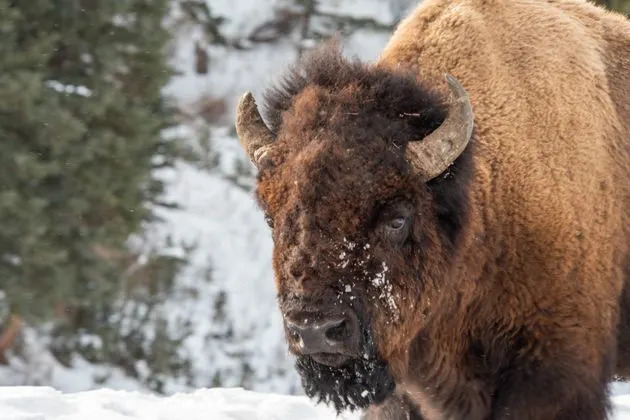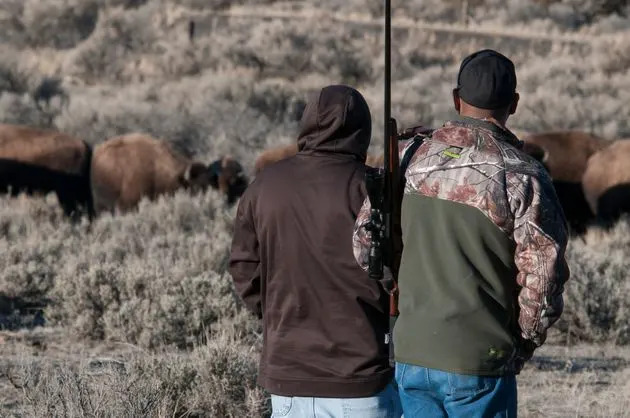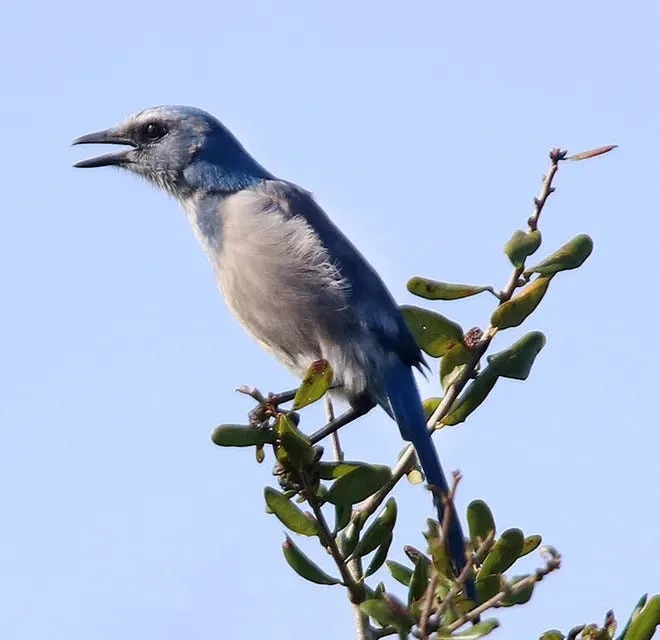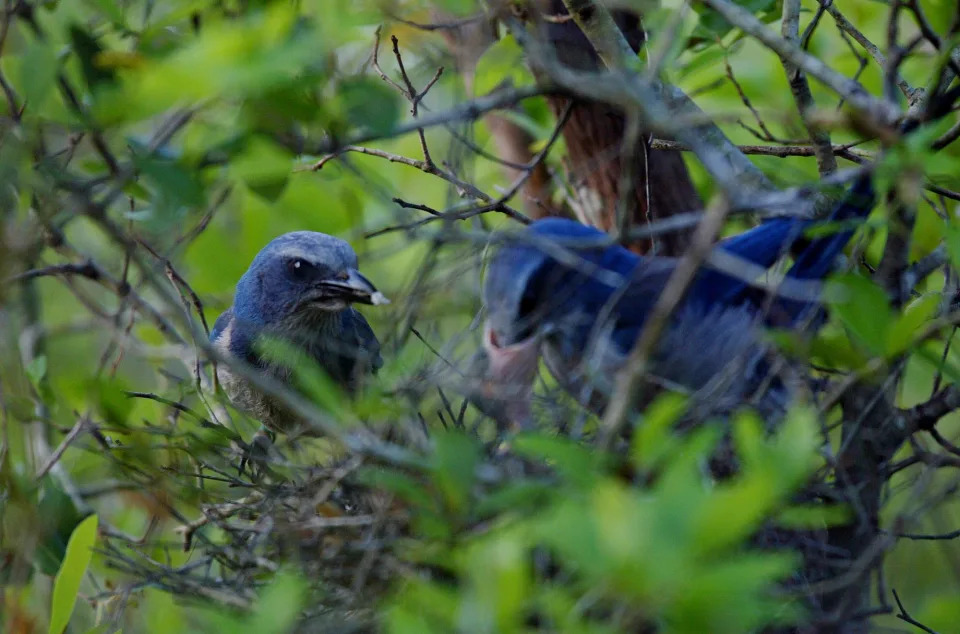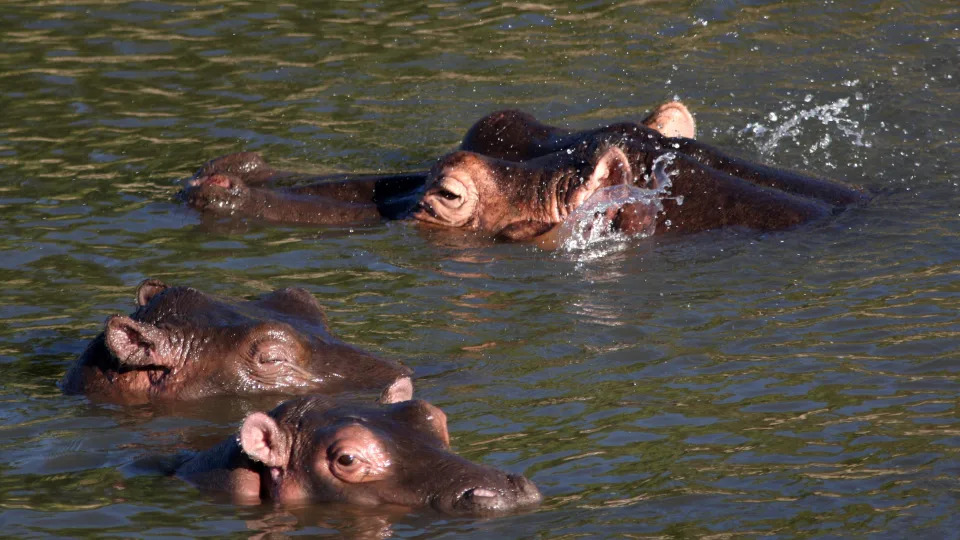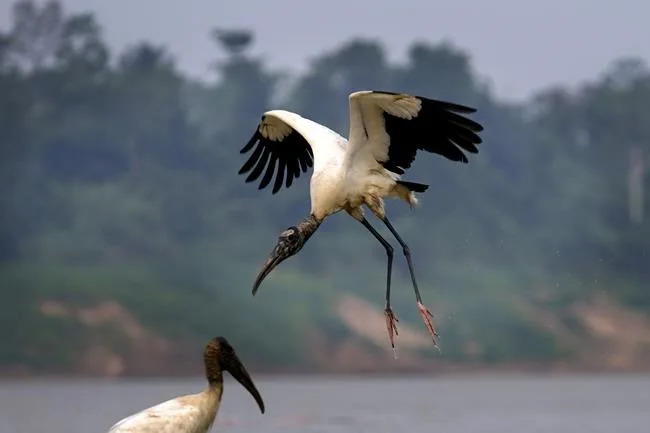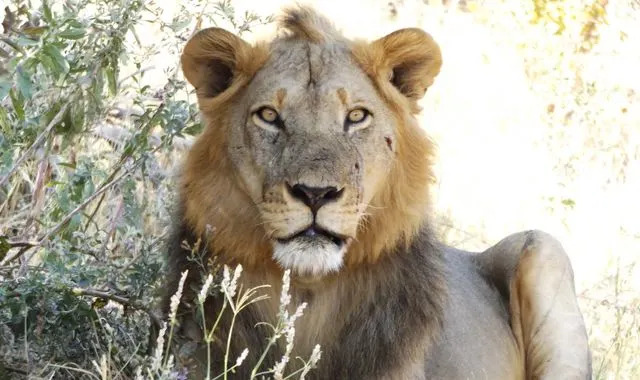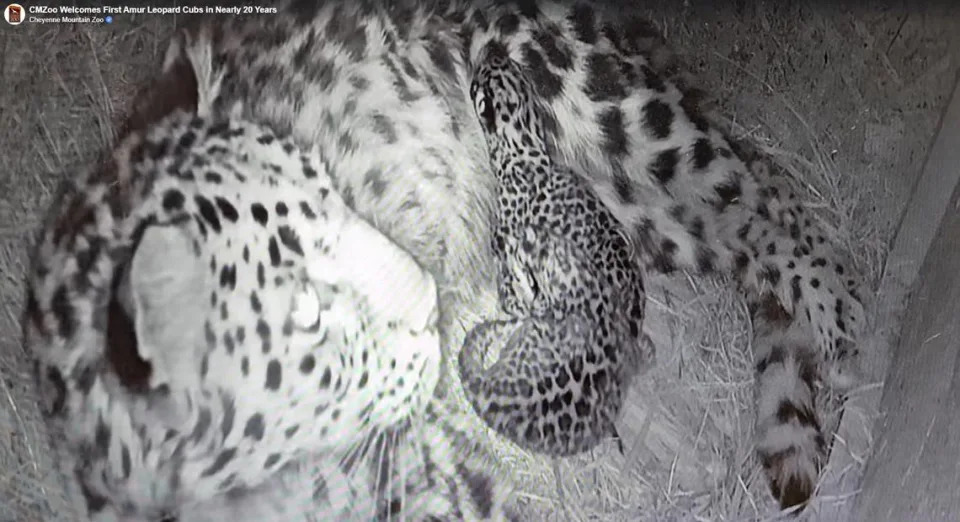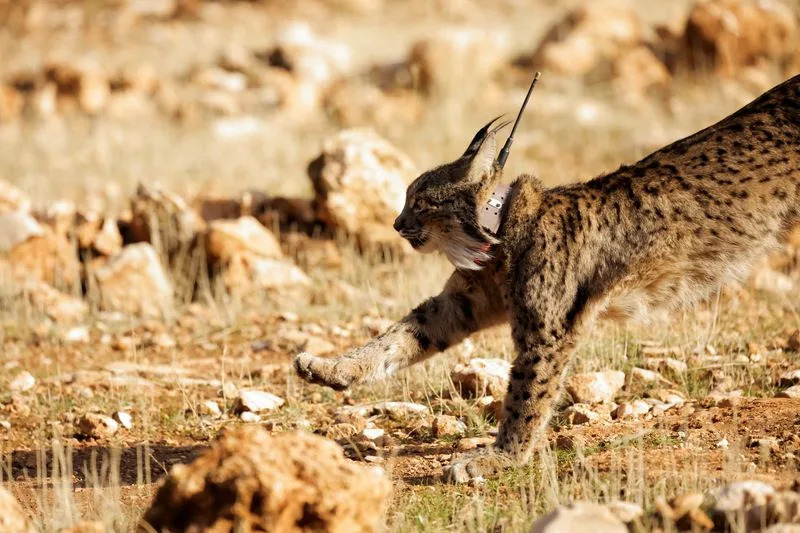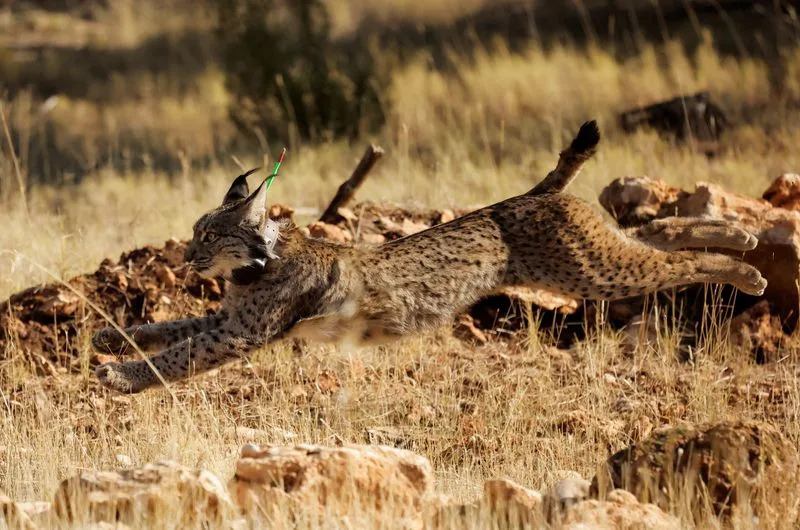Jonathan L. Carrivick, Senior Lecturer in Geomorphology, University of Leeds,
Wed, May 17, 2023
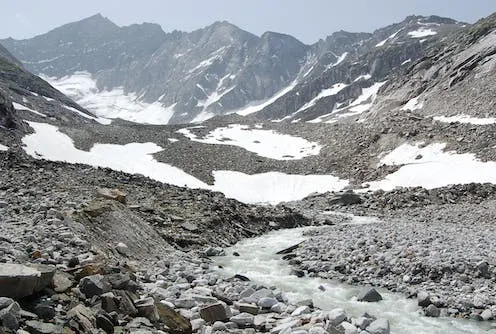
A glacier-fed river from the Odenwinkelkees glacier, Austria. Jonathan Carrivick, CC BY-NC-ND
Glaciers across the European Alps are melting at an alarming rate. Between 2000 and 2014, glaciers in the region thinned by up to 0.9 metres on average each year. Over the entire mountain range, this rate of melting produces around 1.3 gigatonnes of lost ice mass annually.
The rapid decline of these glaciers poses a significant threat to the many animal species that live in or around the glacial meltwater rivers of the Alps. Invertebrates that are specially adapted to living in these rivers, for example, will face widespread habitat loss in the future should these rivers decline.
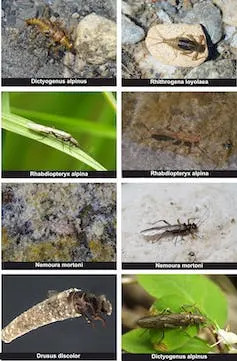
A multi-panel image of the invertebrate species included in the study.
And invertebrates are crucial for wider alpine ecosystems. They perform vital roles in nutrient cycling and, as prey for fish, amphibians, birds and mammals, they transfer organic matter from lower to higher levels of the food chain.
In our new study, we projected glacial losses between 2020 and 2100 to assess what impact the changing input of meltwater into alpine rivers would have on the distribution of 15 species of invertebrate, such as stoneflies, non-biting midges, flatworms and mayflies.
We found that some species will lose most of their habitat and disappear from the Alps entirely. Several other species will have to move to cold water habitats at higher elevations where glaciers still persist to survive.
Future melting
To generate our projections, we used glacier, landscape and biodiversity mapping data collected across 34,000 sq km of the Alps. We modelled glacier evolution based on the greenhouse gas emissions scenario that is currently targeted by governments and international treaties (limiting global warming to 2℃).
We then developed 3D landscape models for each decade, and mapped how changes to glaciers will affect river flow conditions as the input of glacial melt decreases. Water temperature increases as glacier melt inputs to rivers fall and river banks become less prone to erosion. Both of these are important factors in determining aquatic species abundance and diversity in glacier-fed rivers.
Using our models, we simulated key invertebrate populations for each decade between now and 2100. We then predicted the future distribution of these species across the Alps by using data from previous invertebrate monitoring studies, as well as key environmental characteristics of the glacier-fed rivers.
Consequences for invertebrates
Our results, recently published in Nature Ecology and Evolution, show that rivers across the Alps will experience major change by the end of the century. Until 2040, some will carry more water and new tributary rivers will form. But after that, most glacial rivers will become drier, warmer, flow slower and less prone to erosion. Some streams could even endure periods in a year where there is no water flow at all.
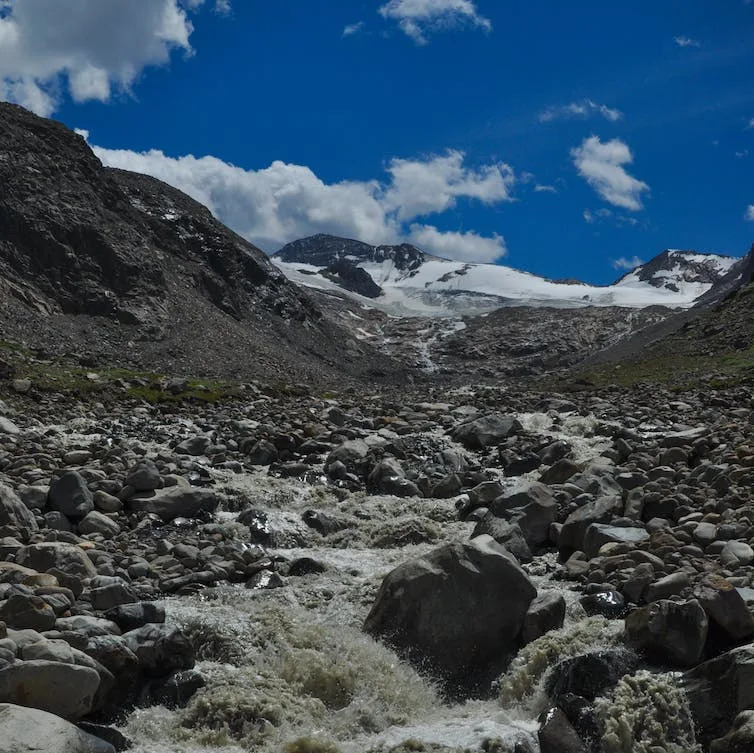
Meltwater flow from a glacier in the Sulzbach valley, Austria.
These changes will all have severe consequences for aquatic invertebrates.
Our models suggest that the hardest-hit species will be some non-biting midges, stoneflies and mayflies. The habitat conditions in which some of these species thrive will become very rare and small in extent. To avoid extinction, it is likely that cold water specialists such as the non-biting midge species Diamesa steinboecki will have to migrate to higher parts of the Alps where glaciers persist.
Some of these species may be lost from the rivers entirely. Invertebrates that live on the rivers that flow into the Danube river basin are particularly vulnerable. Our projections suggest the glaciers that feed these rivers will be lost completely in the future.
But it’s far from a simple picture. Several species, including the flatworm Crenobia alpina, could benefit from the habitat changes because they thrive in warmer and more stable river flows.
Some mayflies, such as Rhithrogena loyolaea, are less at risk of habitat loss because they can tolerate mixtures of glacial- and groundwater-fed river conditions. However, a closely related mayfly species, Rhithrogena nivata, appears to be at higher risk if glaciers are lost completely.
Competing interests
Higher and colder parts of the Alps will provide refuge for some invertebrate species in the future. However, it is these areas that are also likely to see increasing pressure from skiing and other winter activities, as finding cold and snow becomes harder. As glacial rivers decline, higher parts of the mountain range could also become hotspots for hydropower.
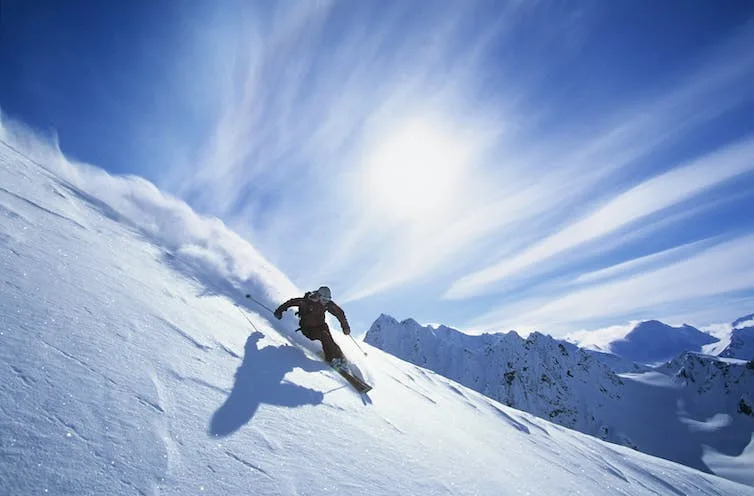
Pockets of ice in the high Alps will be subject to intense competition. sirtravelalot/Shutterstock
Some of the invertebrate species that will seek refuge in these areas may have pharmaceutical or commercial applications that are at present unknown. Invertebrate species that specialise in cold water habitats, for example, have evolutionary adaptations (such as antifreeze proteins) that enable them to survive low temperatures.
Conservation strategies are thus needed to protect this threatened alpine biodiversity from human interference in the future. At present, these important high alpine areas are often not included within national park boundaries.
Predicting how invertebrate populations respond to climate change is key to understanding how biodiversity in high mountain areas will be affected. We focused on just a handful of species and entirely on the European Alps. But the techniques we used could be applied to other mountain environments, while advances in environmental DNA sample collection and analysis offer the promise of understanding how glacier loss will affect thousands of other species – from bacteria and fungi to invertebrates, fish and birds.
This article is republished from The Conversation under a Creative Commons license. Read the original article.
The UK’s Natural Environment Research Council contributed to the funding of this study.
Lee Brown receives funding from NERC, Royal Geographical Society, EU
Martin Wilkes does not work for, consult, own shares in or receive funding from any company or organisation that would benefit from this article, and has disclosed no relevant affiliations beyond their academic appointment.
